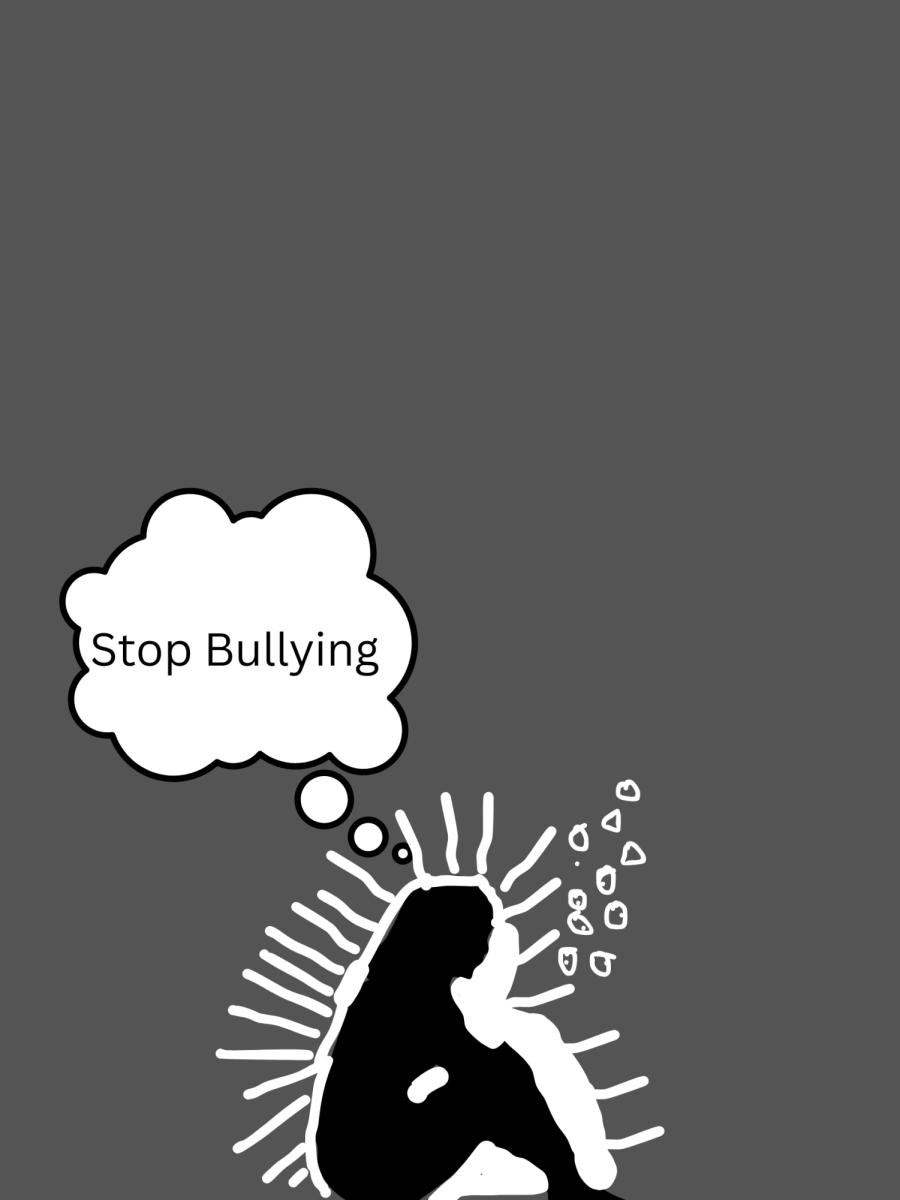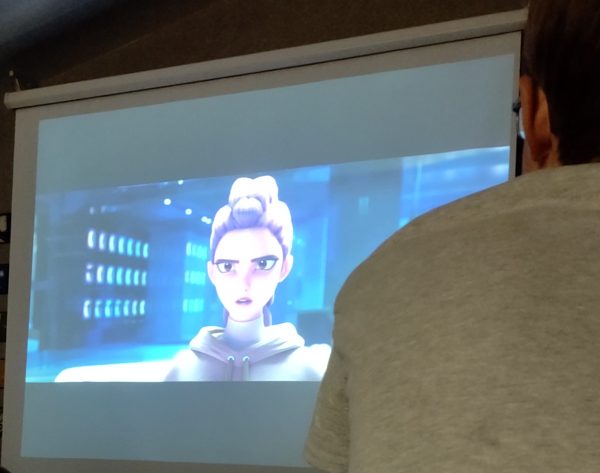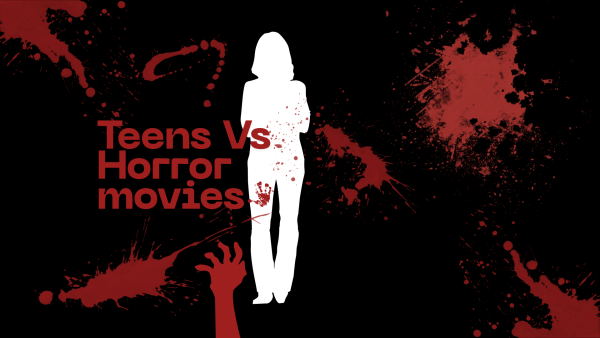The rise of Youtube in entertainment
Photo Courtesy of Creative Commons Joey Graceffa’s interview in the Red Cubicle at the annual Vidcon in Australia in 2017 about his show “Escape the Night”
November 27, 2017
YouTube was started in 2005. Its first video was 17 seconds of one of the creators talking about an elephant at the zoo he was visiting. That first video has since been viewed 17.4 million times, and YouTube is now a multimillion dollar industry, with millions of people using it every day.
In an age of Blockbuster, before Hulu or Netflix, the most revolutionary thing about YouTube was the instant access. Viewers could watch anytime, for free. This is helpful in a world where people are increasingly busy, with less time to sit in front of a television. “I don’t always have time to watch a movie,” said junior Spencer Johnson. “I think it’s caused a lot of industries to attempt to offer cheaper/free content, because a lot of YouTube is based on sharing free content.”
One of the industries that YouTube has had the greatest effect on is the music industry. Artists can now build a platform and a following without a record label as a go-between. They can also receive instant feedback on their music. The downside of using YouTube to distribute content is that it’s more difficult for artists to get paid for their work. This has led to big-name artists like Taylor Swift and Paul McCartney targeting the media giant in an effort to receive due compensation.
As YouTube has grown bigger, both it and other forms of entertainment have evolved, patterning themselves after each other. Netflix and Hulu now offer the same kind of instantaneous accessibility that made YouTube such a success, while YouTube has pioneered YouTube Red, a subscription service through which you receive special content and ad-free videos.
The evolution of YouTube into the household name it is today hasn’t come without backlash. Earlier this year, it had a scandal on its hands when it was revealed that its ‘restricted mode’ was blocking clean LGBTQ+ content. Currently, YouTube is being challenged by content creators whose videos are no longer being monetized or whose content is being censored because it’s too controversial. Both these issues have caused a backlash from both the creators and the viewers. “…it is screwing over the creator’s on the platform,” said junior Landon Nichols. “There is this one guy I watch who never had a monetization claim on any videos, but once one guy had said the S word in one video, that
and like thirty others were [struck] in an hour.”





